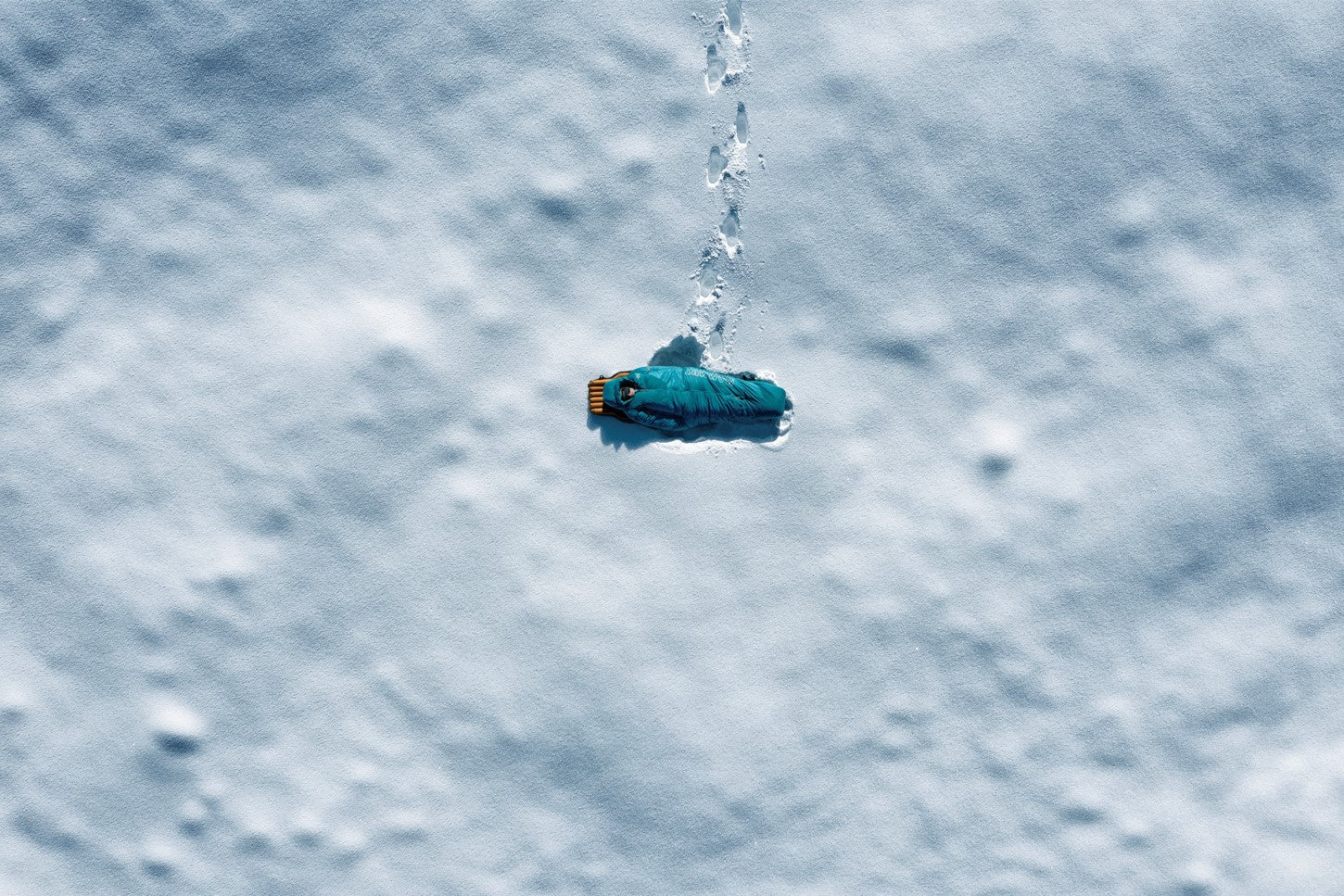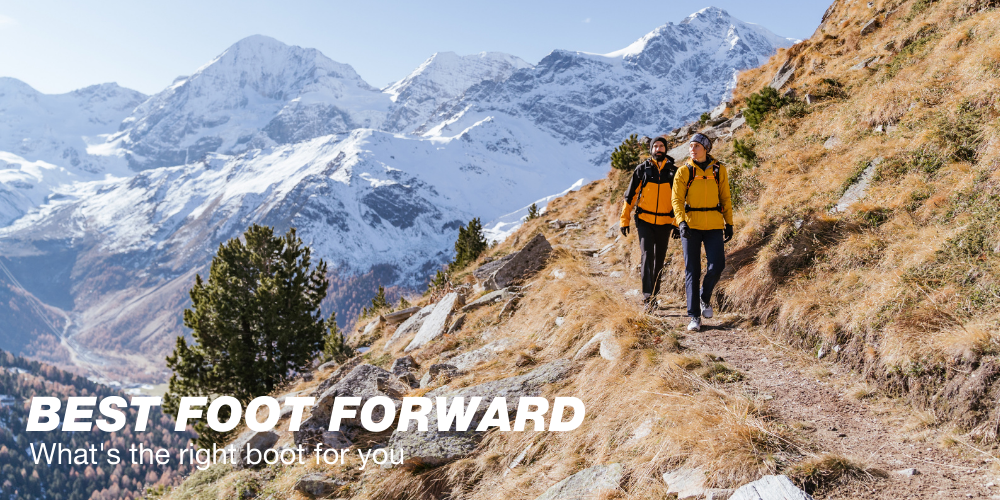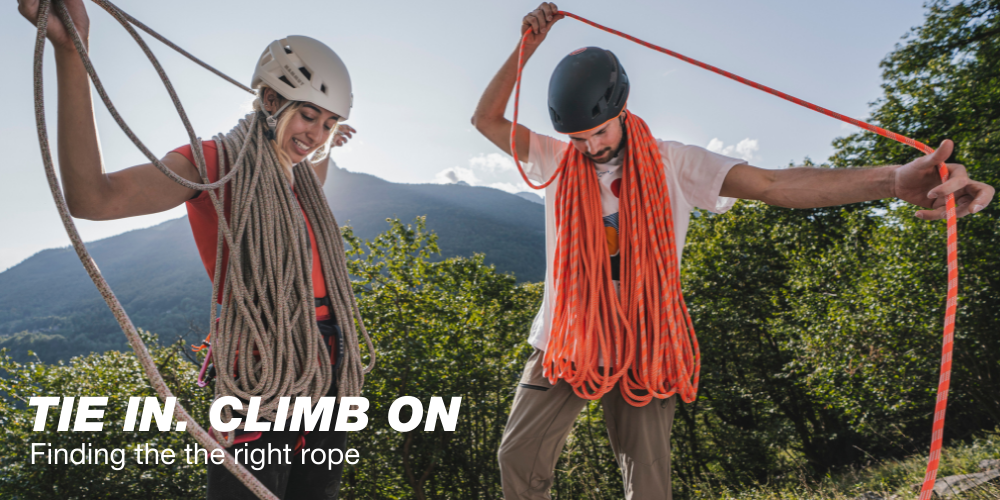
CONSTRUCTION
All ropes in the Mammut range consist of two parts. The core which is the load baring inner section of the rope. And the sheath, which is the colourful protective outer part of the rope.Although all of our ropes have a core and sheath, the Sender and Workhorse ranges also have the addition of a higher weave sheath. (48 bobbin count compared to a standard 40). The higher count gives the user a smoother feeling and a higher level of abrasion resistance.

TREATMENT
You might have heard the words Dry and Classic thrown around at the crag or in your local climbing store. But what is the difference?As the name says, Dry treated ropes are built to stay dry. If you climb in conditions which are wet, such as rain or alpine conditions, then a dry rope is the best option as it won't absorb water. Dry treated ropes have a coating on the sheath and core, which prevent water or moisture from being absorbed. (Ropes that have absorbed water will feel like a sponge.)
Classic ropes on the other hand are best suited for those all-time, 'classic' conditions. Blue skies and dry weather. Unlike a dry treatment rope, a classic rope is treatment free. Which is fine in sunny and dry conditions.

DIAMETER
7 to 12mm. So what's the difference? As a general rule, lower diameter ropes are used in double or twin rope situations. (Meaning you use two ropes at a time.) For general purpose single rope climbing, such as at the crag or gym, then mid to higher diameter ropes are used. Its also important to consider the certification of a rope. (whether it is single, double or twin certified). All certified ropes will also have a fall rating. The fall rating will be a number that reflects the the amount of times a weight has be dropped on a section of rope, in a test situation. Higher diameter ropes will generally have a higher fall rating. Which is why you'll see them in gyms or being used at the crag, where the climber is taking lots of falls.
To make the process of choosing the right rope even easier, the Mammut range is split into three usage categories. ALPINE consisting of Dry treated ropes of lower diameter and with twin/double options. CRAG for single rope outdoor crag climbing. With a mix of Sender, Workhorse, Dry and Classic. And GYM which has gym specific diameters and lengths.
Read more

Colder temps are just around the corner. And so is the need for the right sleeping bag.After all, who doesn't like a good nights sleep after a big day. So how do you know which sleeping bag is b...

It may seem like a simple part of your adventure gear list, but having the right boot can be the difference between a successful or disastrous trip. To make finding the right boot easier, we have ...

